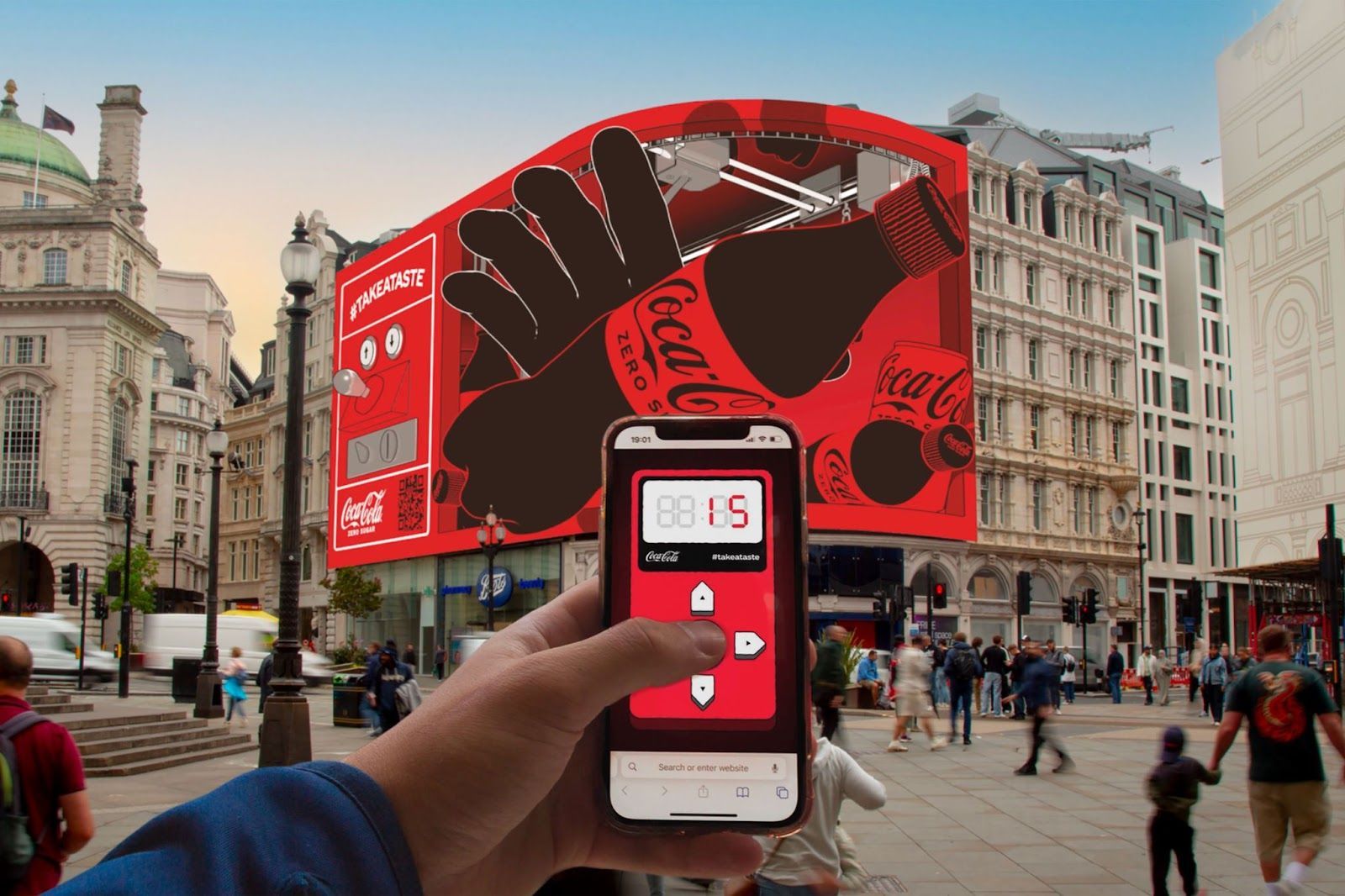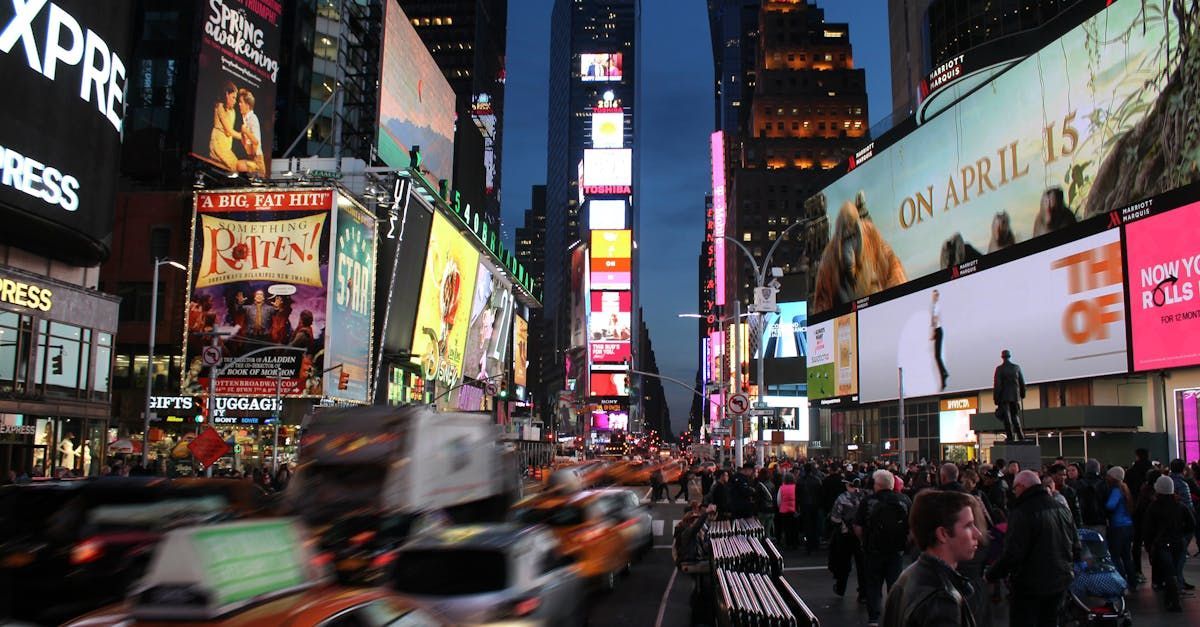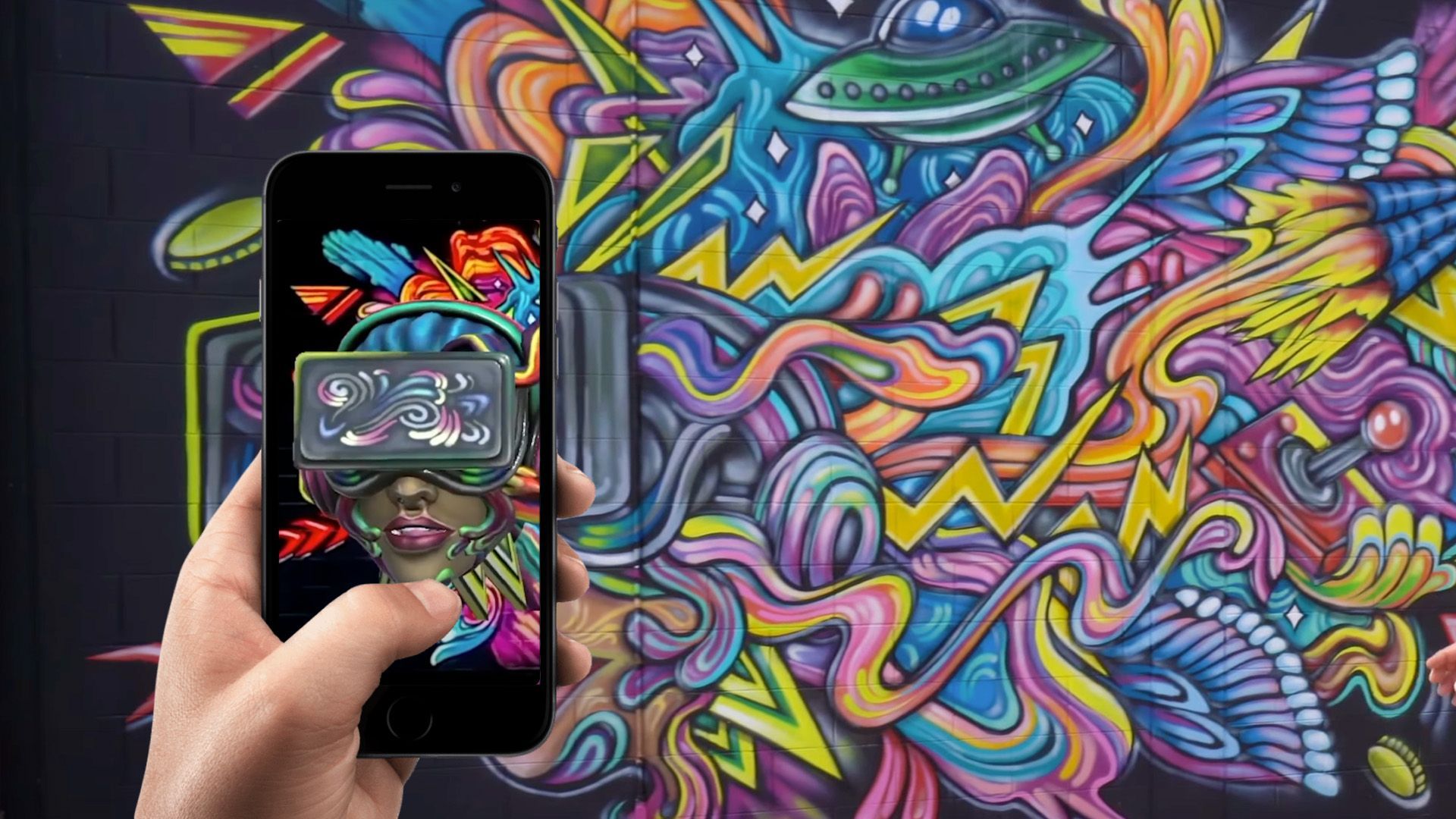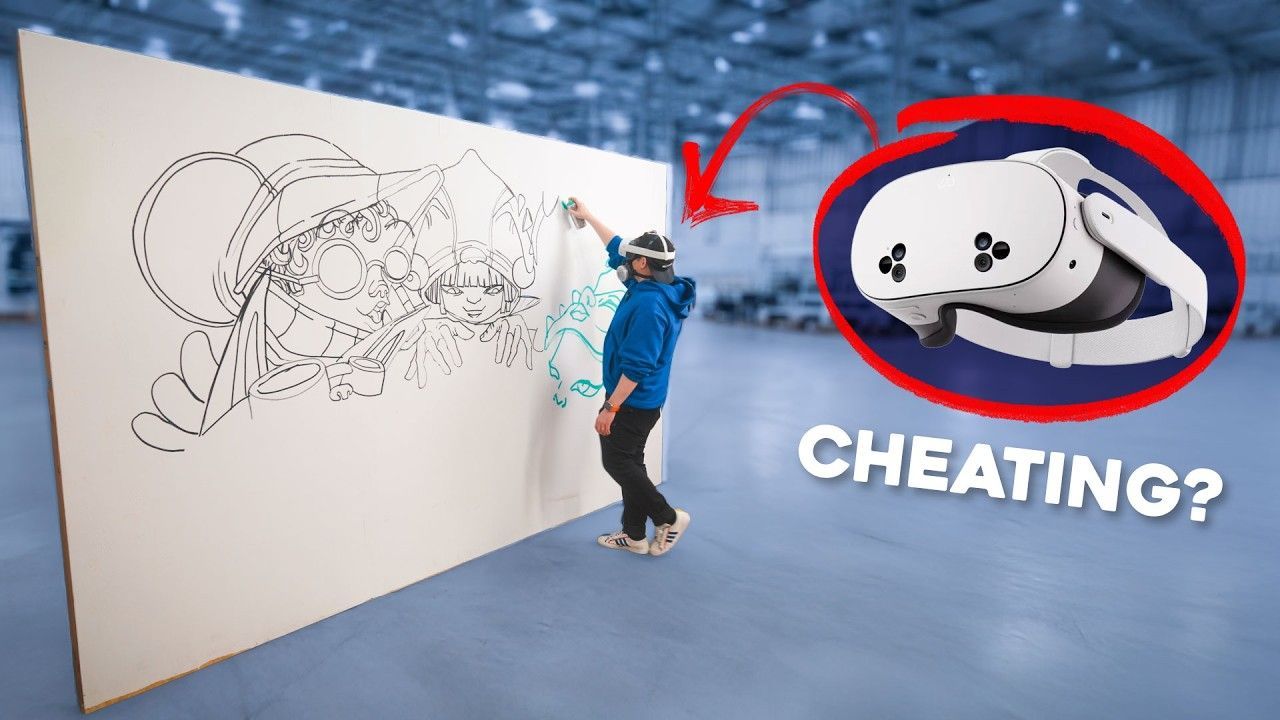Top 5 Use Cases for Augmented Reality - BrandXR
Top 5 Use Cases for Augmented Reality
Augmented reality (AR) is the integration of digital information into a user’s physical surroundings. Whereas virtual reality stimulates an entirely digital environment for the user, augmented reality superimposes digital information onto an already existing environment. There are many examples of AR technology in everyday life, from the yellow first down markers on televised football games to the heads-up display of a car dashboard, augmented reality is used in some fashion by almost everyone.
As AR technologies have improved over the years, they have continued to leak into different industries such as retail, real estate, and human resources. There are many ways to utilize augmented reality, most notable being eCommerce, Social Filters, Digital Twins, Training and Education, and Design and Build.
1. eCommerce
Perhaps the most common use case of Augmented Reality people experience is in eCommerce. Amazon and other online retail platforms have become a popular alternative to brick-and-mortar locations. However, the main drawback to eCommerce that consumers face is not being able to see the product they’re purchasing in person.
Some of the top brands using Augmented Reality in eCommerce include Ikea, Houzz, Shopify, and Porsche. These businesses are able to create interactive and immersive shopping experiences that allow shoppers to explore products in 3D before making a purchase. This can help improve customer engagement and sales. For example, Ikea’s “Place” app uses AR to give customers a preview of how furniture pieces would appear in their homes without the hassle of taking any measurements. Similarly, L’Oréal and Sephora are using AR to offer customers realistic previews of their appearance when they wear/try different cosmetic products.
2. Social Media Filters
Augmented Reality is being used more and more for social media filters. Some of the top brands using augmented reality in social media filters include Facebook, Instagram, Snapchat, and TikTok. These social media platforms create engaging and fun filters that allow users to interact with their brand in a new way.
Social media filters are content creation machines for businesses and business owners looking to build their brand, thanks in large part to the AR technologies they utilize. Along with building their brand, social media filters can help improve customer engagement and sales.
3. Digital Twins
A digital twin is a dynamic virtual copy of a physical asset, process, system or environment that looks and behaves identically to its real-world counterpart. The purpose of a digital twin is to study the physical element copied by analyzing it in a virtual setting. To accomplish this, sensors are attached to the physical object in order to gather information about it and apply those findings to the digital twin. The life cycle of a digital twin matches its physical counterpart, meaning they can detect equipment failures before the physical twin is even out of commission.
This is where augmented reality comes in. AR technology improves this predictive analysis and can potentially be used in other impactful ways with digital twin technology. One such way is to combine the two technologies to test and troubleshoot products. While this can already be done with the physical products themselves, the ability to do this in a virtual setting would save both time and money. However, at this stage the technologies would only stand to benefit larger companies more equipped to burden the cost of the process.
4. Training and Education
Another way companies have applied AR technology is to use it as a training aid to upskill their workforce and improve information retention and safety outcomes with immersive learning experiences. There are numerous benefits to using AR technology in on-the-job training. Training with augmented reality provides a safe learning environment, provides the visual learning necessary to acquire the new information, and is more cost effective than hiring instructors and using physical equipment to train new hires.
Companies such as BMW and Audi, hospitals like UCONN health, and even emergency services like the police departments of Sacramento and Fort Meyers are all using augmented reality to train their employees. Professionals aren’t the only ones learning with the help of AR. The technology is even being used in schools to help teach students in the classroom, meaning they’ll be well versed by the time it comes to learn in the professional world.
5. Design and Build
Last on the list is the impact augmented reality has on manufacturing. AR technology allows companies to accelerate time to market by empowering creative collaboration and efficient review in 3D design, building and manufacturing workflows. As mentioned above, the ability to test, and troubleshoot products in a virtual setting saves both time and money.
Fortunately, the same holds true when designing and building a new product for market. The ability to design and test the product in a virtual setting, with the aid of AR technology, is both cost effective, and moves the process along much more quickly.
Summary
There are many examples of AR technology in everyday life, and As AR technologies have improved over the years, they have continued to leak into many different industries. There are many ways to utilize augmented reality, most notable being eCommerce, Social Filters, Digital Twins, Training and Education, and Design and Build. The possibilities AR technology will have in the future are endless, but the current advantages to augmented reality are already changing several aspects of everyday life.














